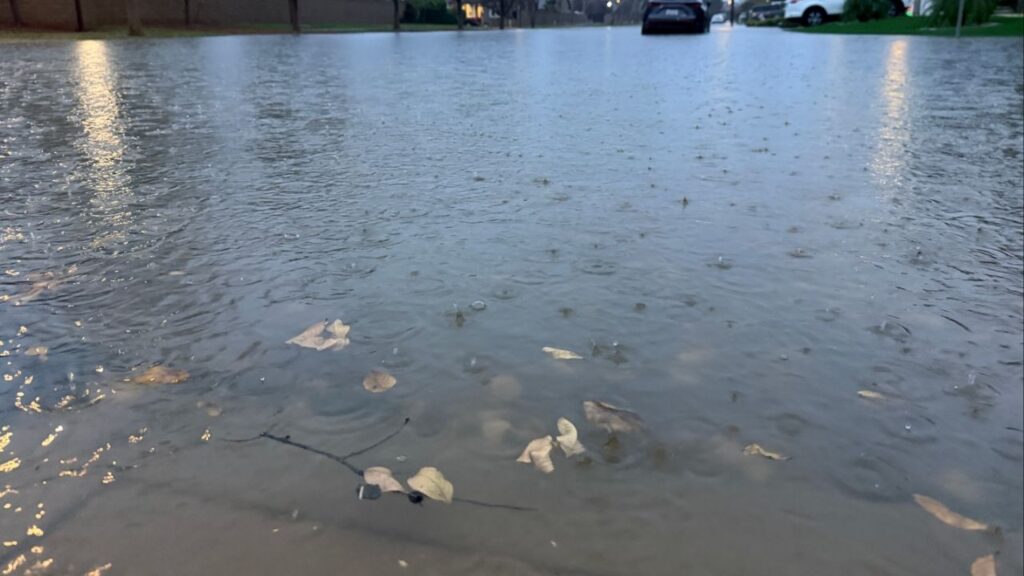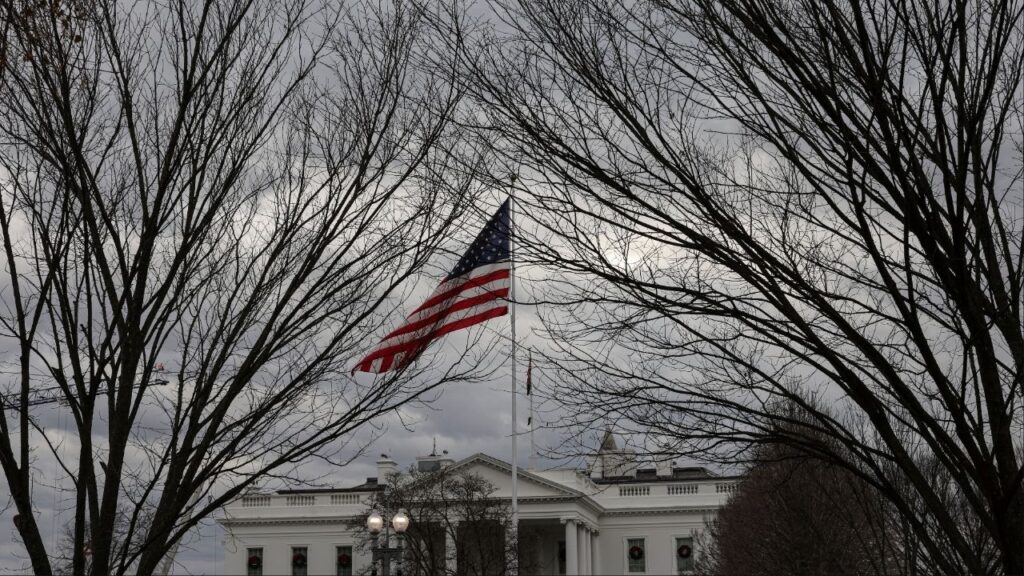The Biden administration's new EPA rules target coal-fired power plants, aiming to reduce greenhouse gas emissions and transition to a clean energy economy. (AP File)

- The EPA has issued new rules forcing coal-fired power plants to capture emissions or shut down.
- The rules are part of Biden's pledge to eliminate carbon pollution from the electricity sector by 2035.
- The measures include requirements to reduce toxic wastewater pollutants from coal-fired plants.
Share
|
Getting your Trinity Audio player ready...
|
WASHINGTON — Coal-fired power plants would be forced to capture smokestack emissions or shut down under a rule issued Thursday by the Environmental Protection Agency.
New limits on greenhouse gas emissions from fossil fuel-fired electric plants are the Biden administration’s most ambitious effort yet to roll back planet-warming pollution from the power sector, the nation’s second-largest contributor to climate change. The rules are a key part of President Joe Biden’s pledge to eliminate carbon pollution from the electricity sector by 2035 and economy-wide by 2050.
Regulatory Certainty and Transition to Clean Energy
The rule was among four measures targeting coal and natural gas plants that the EPA said would provide “regulatory certainty” to the power industry and encourage them to make investments to transition “to a clean energy economy.” The measures include requirements to reduce toxic wastewater pollutants from coal-fired plants and to safely manage coal ash in unlined storage ponds.
EPA Administrator Michael Regan said the rules will reduce pollution and improve public health while supporting the reliable, long-term supply of electricity that America needs.
Related Story: New Study Calculates Climate Change’s Economic Bite Will Hit About $38 ...
Industry Reactions and Challenges
The plan is likely to be challenged by industry groups and Republican-leaning states. They have repeatedly accused the Democratic administration of overreach on environmental regulations and have warned of a looming reliability crisis for the electric grid. The rules issued Thursday are among at least a half-dozen EPA rules limiting power plant emissions and wastewater pollution.
The power plant rule marks the first time the federal government has restricted carbon dioxide emissions from existing coal-fired power plants. The rule also would force future electric plants fueled by coal or gas to control up to 90% of their carbon pollution. The new standards will avoid 1.38 billion metric tons of carbon pollution through 2047, equivalent to the annual emissions of 328 million gas cars, the EPA said, and will provide hundreds of billions of dollars in climate and health benefits, measured in fewer premature deaths, asthma cases and lost work or school days.
Coal plants that plan to stay open beyond 2039 would have to cut or capture 90% of their carbon dioxide emissions by 2032, the EPA said. Plants that expect to retire by 2039 would face a less stringent standard but still would have to capture some emissions. Coal plants that are set to retire by 2032 would not be subject to the new rules.
Concerns and Criticisms
Rich Nolan, president and CEO of the National Mining Association, said that through the latest rules, “the EPA is systematically dismantling the reliability of the U.S. electric grid.” He accused Biden, Regan and other officials of “ignoring our energy reality and forcing the closure of well-operating coal plants that repeatedly come to the rescue during times of peak demand. The repercussions of this reckless plan will be felt across the country by all Americans.”
Regulation of Carbon Capture and Storage
The EPA rules would not mandate use of equipment to capture and store carbon emissions — a technology that is expensive and still being developed. Instead, the agency would set caps on carbon dioxide pollution that plant operators would have to meet. Some natural gas plants could start blending gas with other fuel sources that do not emit carbon, although specific actions would be left to the industry.
The EPA also tightened rules aimed at reducing wastewater pollution from coal-fired power plants and preventing harm from toxic pits of coal ash, a waste byproduct of burning coal.
RELATED TOPICS:
Categories

Fresno Underpass Closed Due to Flooding

















